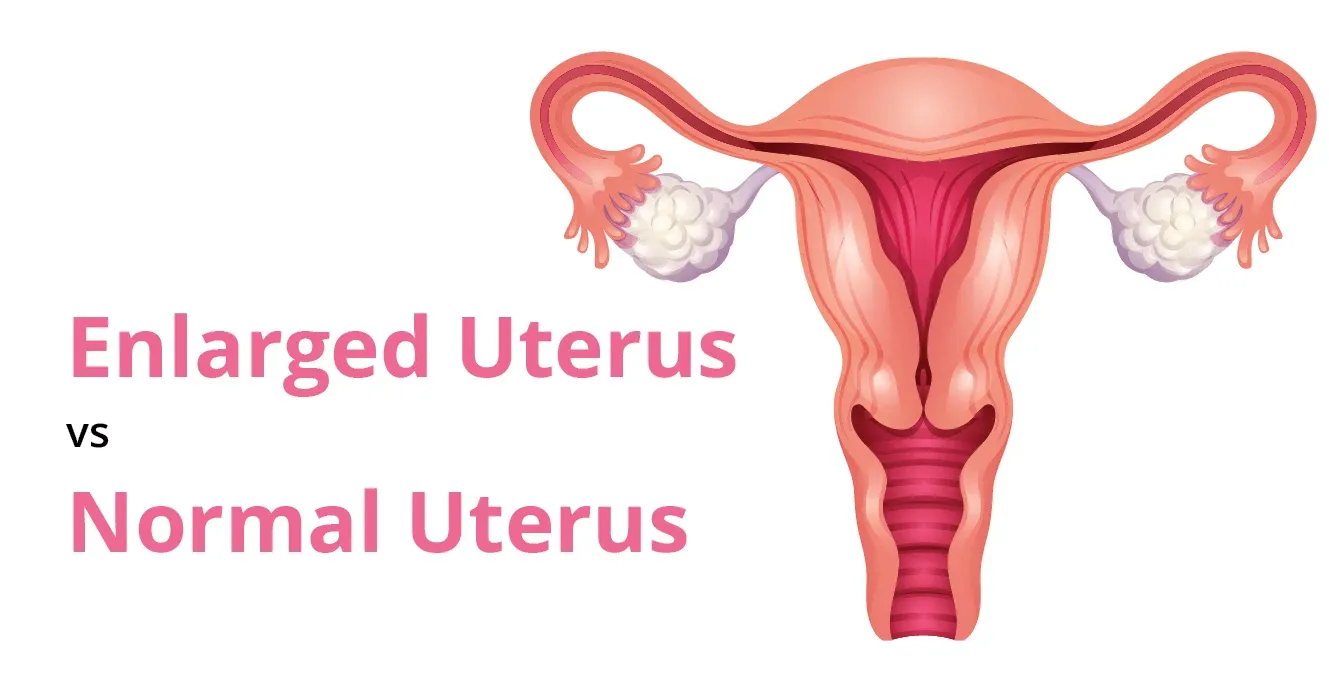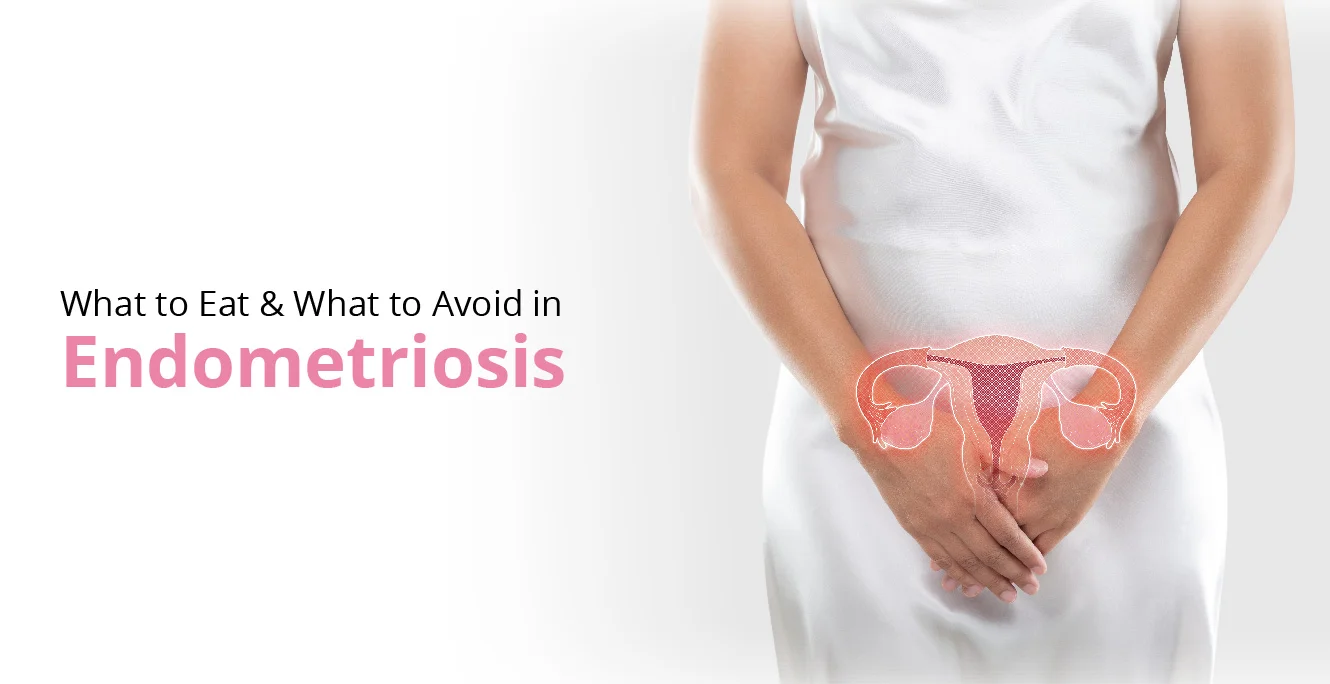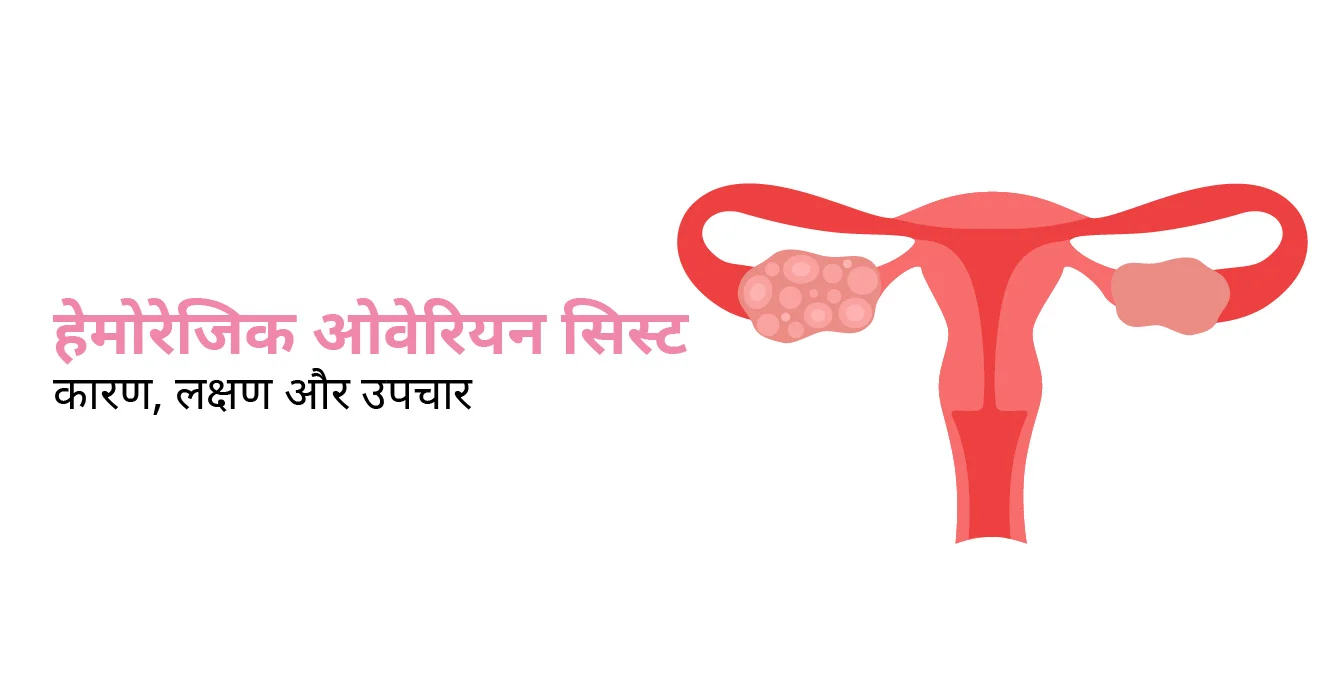Many women worldwide suffer from endometriosis, a disorder in which tissue resembling the lining of the uterus grows outside the uterus. In addition to producing excruciating agony, it frequently raises fertility questions. Let us introduce endometriosis surgery, a method that has completely changed the course of many people’s treatment. In this article, Let’s examine endometriosis surgery’s significance and its many advantages in more detail.
What is Endometriosis?
Endometriosis is a disorder in which tissue, which is similar to the tissue lining the inside of the uterus (called the endometrium), grows outside the uterus. It commonly involves the ovaries, fallopian tubes, and the lining of the pelvis. It rarely spreads beyond the pelvic organs.
The endometrium (the tissue lining the inside of the uterus) thickens, breaks down, and bleeds with each menstrual cycle. The endometrial-like tissue caused by endometriosis causes the same to happen but because there is no way for it to exit the body, it becomes trapped. Cysts are a common consequence of endometriosis involving the ovaries. Surrounding tissue can become irritated, eventually developing scar tissue and adhesions which are abnormal bands of fibrous tissue that can cause pelvic tissues and organs to stick to each other.
Endometriosis can cause pain, sometimes severe, especially during menstruation. This can also lead to fertility problems.
Endometriosis Symptoms:
Women experience endometriosis symptoms differently, from mild to severe. The most common symptom is pelvic pain, typically experienced during periods. This pain is usually more severe than cramping which is commonly experienced by women during their menstrual period.
Common endometriosis symptoms include :
- Painful Periods: Pelvic pain and cramping may begin before and extend several days into the menstrual period. There can be pain in the lower back and abdomen.
- Painful Intercourse: Pain during or after sex is a common symptom.
- Painful Urination or Bowel Movements: This is typically seen during menstruation. Women living with endometriosis can feel pain while passing urine or stool.
- Excessive Bleeding: It is not uncommon for women suffering from endometriosis to have heavy bleeding during menstruation and even in between periods.
- Infertility: Sometimes, the symptoms are not as severe and can be missed or overlooked. In such cases, endometriosis is first diagnosed in those seeking treatment for infertility.
Other symptoms include tiredness, diarrhea, constipation, bloating or nausea, especially during menstrual periods. It is important for you to get regular gynaecological examinations for your doctor to diagnose this condition and keep track of changes.
Causes of Endometriosis
A disorder known as endometriosis occurs when tissue that resembles the lining of the uterus grows outside of it. Although the specific aetiology of endometriosis remains unclear, multiple variables are thought to have a role in its development:

- Retrograde Menstruation: The hypothesis of retrograde menstruation is widely held. This happens when endometrial cells seen in menstrual blood move backwards into the pelvic cavity rather than out of the body. These dislocated cells are able to develop by adhering to the pelvic organs.
- Genetic Predisposition: There is proof that endometriosis and genetics are related. Women who have close relatives with the illness may be more likely to get it themselves.
- Immune System Dysfunction: Endometrial tissue growing outside the uterus may not be recognised and eliminated by the immune system due to an abnormal reaction. This may enable the tissue to grow and implant in unusual places.
- Hormonal Factors: Endometriosis may spread more readily when oestrogen, a hormone that controls the menstrual cycle, is present. When oestrogen levels are reduced during pregnancy, the illness frequently becomes better and can be controlled with hormone therapies.
- Surgical Scarring or Transplant: During surgical operations like hysterectomies or caesarean sections, endometrial cells may inadvertently spread to other regions. Endometriosis may occur as a result of this.
- Environmental Factors: Endometriosis may occur as a result of exposure to specific chemicals and toxins found in the environment. To comprehend the possible impact of environmental elements, research is still being conducted.
- Lymphatic or Blood Vessel Spread: According to certain ideas, endometrial cells may travel to different areas of the body via the lymphatic or blood vessels, resulting in the development of endometriotic lesions.
- Autoimmune Factors: Endometrial cells developing outside the uterus may be causing an autoimmune response, in which case the immune system may not be able to properly eliminate them.
- Menstrual Onset in Adolescence: Menarche, or the early start of menstruation, may be linked to an increased risk of endometriosis.
- Inflammatory Factors: Endometriosis may develop and worsen as a result of persistent inflammation in the pelvic area.
How to Treat and Diagnose Endometriosis?
The symptoms of endometriosis cause it to be often confused or misdiagnosed as ovarian cysts or pelvic inflammatory disease. An accurate and thorough diagnosis is required to approach endometriosis treatment.
- Detailed History : Your doctor will note your symptoms, family history, and personal history. During the preliminary investigations, your doctor will assess your general health and ask a range of questions to rule out the possibility of other medical conditions.
- Pelvic Examination :During a pelvic examination, your doctor will manually feel the abdomen for cysts or scars.
- Ultrasound :Your doctor will use ultrasound imaging to produce images of the reproductive organs. This will help the doctor identify cysts associated with endometriosis. However, they may not be effective in ruling out the disease.
- Laparoscopy : A laparoscopy is the “gold standard” for identifying and diagnosing endometriosis. Your doctor will order this test to confirm the presence of endometrial-tissue.
- Endometriosis IVF Diagnosis : As mentioned before, endometriosis is often diagnosed when someone goes in for fertility treatment. Approximately, one-third to one-half of women with endometriosis have difficulty in conceiving a child.
Pregnancy happens when an egg which is released from the ovary is fertilized by a sperm. The egg released by the ovary travels through a tube called the fallopian tube. This tube is susceptible to be obstructed by endometriosis. This would prevent the fertilization of the egg. Further, endometriosis can damage the sperm or the egg and could cause sperm motility (refers to the movement of the sperm) to drop.
Fortunately, most women with mild to moderate endometriosis are still able to conceive and deliver a child. Doctors often advise that women with endometriosis do not delay pregnancy.
What are the Endometriosis Treatment Options?
Endometriosis treatment usually involves medication or surgery. The approach you and your doctor choose will depend on how severe your signs and symptoms are and whether you hope to become pregnant.
- Pain Medication : Doctors may recommend over-the-counter pain relievers to help ease painful menstrual cramps. However, these aren’t effective in all cases. Your doctor may recommend hormone therapy in combination with pain relievers if you’re not trying to get pregnant.
- Hormone Therapy : Hormone therapy works by providing supplemental hormones which slow down the tissue growth and break down. It also prevents new implants from the tissue. However, this is not a permanent fix with an onset of symptoms after treatment is stopped. It helps to prevent the monthly growth and accumulation of the endometrial tissues. Hormonal therapy may be used to reduce or even eliminate pain.
- Conservative Surgery : Hormonal therapy can hamper your pregnancy from occurring. Doctors often prescribe conservative surgery for women who want to get pregnant or experience severe pain and when hormone therapy is ineffective. The surgery can be done laparoscopically which is less invasive.
- Hysterectomy with Removal of the Ovaries : The last-resort is for a total hysterectomy which involves removing the ovaries. During a total hysterectomy, the surgeon removes the uterus and cervix. They also remove the ovaries which produce estrogen which in turn causes growth of endometrial tissue. Pregnancy is not possible after hysterectomy.
Endometriosis IVF is sometimes used in conjuncture with other treatment when a woman wishes to treat the condition in order to conceive.
Significance of Endometriosis Surgery
The goal of endometriosis surgery is to eliminate the tissue growths outside the uterus that resemble endometrial tissue. The degree and kind of surgery are determined by the patient’s reproductive objectives, symptoms, and the severity of the ailment.
Pain Reduction for Chronic Conditions
The ongoing pelvic pain that endometriosis produces is one of its most crippling features. This pain can be reduced surgically by:
- Removing Endometrial Growth: Pain can be greatly decreased by addressing and removing the endometrial growth.
- Liberating Adhesions: Organ adhesions may result from endometriosis. By releasing these adhesions, surgery can return organ mobility and function to normal.
Restoring Fertility
A major worry for a lot of endometriosis-affected women is infertility. The illness may cause pelvic anatomy to be distorted, impede the fallopian tubes, or adversely affect the environment for conception. * Open Blocked Tubes: If endometriosis blocks the fallopian tubes, surgery may be able to remove the obstruction and increase the likelihood of a spontaneous conception.
- Correct Anatomical Distortions: The pelvic anatomy may be altered by endometriosis. Restoring the native structure through surgery enables better reproductive function.
- Create a Favourable Environment: Surgery can improve the conditions for implantation and pregnancy by eliminating endometrial growth and reducing inflammation.
Enhancing Quality of Life
In addition to restoring fertility and relieving pain, endometriosis surgery can improve a woman’s general quality of life. When the underlying source of the symptoms is addressed, patients frequently report:
- Better Mental Health: Relieving long-term pain helps lessen the anxiety and despair that come with it.
- Enhanced Physical Comfort: After surgery, many women say they feel physically better, which encourages them to be more active and perform better on a regular basis.
Pregnancy After Endometriosis Surgery
It is possible to become pregnant following endometriosis surgery, and for many women, this can increase their chances of becoming pregnant. Here are some important things to think about:
- Enhanced Fertility: The goal of endometriosis surgery is to eliminate or minimise the proliferation of endometrial tissue outside the uterus. By doing this, it might reduce discomfort and enhance fertility by fostering a more favourable setting for conception.
- Timing of Conception: The best time to become pregnant after endometriosis surgery is usually in the months that follow the treatment. The chance of successful fertilisation can rise due to the improved environment in the pelvis.
- Individual Factors: Success rates differ from person to person. The likelihood of conception after surgery can be influenced by a number of factors, including age, general health, the severity of endometriosis, and the existence of other fertility problems.
- Laparoscopic Surgery: Laparoscopic surgery is a minimally invasive method used in many endometriosis operations. Compared to open surgery, this frequently results in shorter recovery times, enabling women to continue their fertility efforts sooner.
- Assisted Reproductive Technologies (ART): IVF and other assisted reproductive technologies may be suggested when natural conception proves difficult. A number of variables, like as the woman’s age and the calibre of her partner’s sperm, might affect the outcome of ART.
- Ovulation monitoring: By identifying fertile times, following menstrual cycles, utilising ovulation predictor kits, or getting regular ultrasounds can all help monitor ovulation and increase the likelihood of conception.
- Consultation with a Fertility doctor: It is recommended that couples who are having trouble conceiving following endometriosis surgery consult with a fertility doctor. They can carry out in-depth evaluations, look into alternative fertility therapies, and offer tailored advice.
- After Surgery Follow-up: Maintaining regular contact with the fertility expert is essential to track the recovery from surgery and quickly address any new problems.
Benefits of Endometriosis Surgery Under Different Circumstances
- Addressing the Root Cause: Direct Removal of Endometrial Tissue
Why it Matters: The majority of endometriosis-related discomfort and difficulties are brought on by the development of endometrial tissue outside of its typical place.
Benefit: Patients frequently have instant relief from persistent pelvic discomfort after having these misplaced tissue patches surgically removed or destroyed, which enhances their quality of life daily.
- Restoring Anatomical Harmony: Correcting Distortions and Blockages
Why it Matters: Endometriosis can cause pelvic architecture to be distorted, which can impair natural conception by causing organs to clump together or clog the fallopian tubes.
Benefit: By realigning and freeing up these organs, surgery can guarantee that they operate at their best. This adjustment can be a game-changer for patients who are experiencing infertility owing to anatomical deformities, giving them fresh hope for naturally becoming pregnant.
- Reducing Inflammation: Creating a Conducive Environment for Conception
Why it Matters: Endometriosis is characterised by chronic inflammation, which makes the environment unfavourable to conceiving and getting pregnant.
Benefit: Surgery can aid in establishing a more favourable uterine environment by treating and eliminating inflammatory tissue regions. This can greatly increase the likelihood of a healthy pregnancy and successful implantation.
- Alleviating Associated Complications: A Holistic Approach to Treatment
Why it Matters: Beyond discomfort and issues with fertility, endometriosis can worsen the condition by causing adhesions and ovarian cysts, among other consequences.
Benefit: Surgery for endometriosis provides a comprehensive strategy that addresses related issues as well as apparent growths. Over time, improved reproductive health can be ensured and future difficulties can be avoided with this all-encompassing treatment.
Conclusion
Endometriosis surgery is a ray of hope for those struggling with the disorder’s difficulties. It gives numerous women a new lease on life by addressing the underlying causes of the condition head-on, correcting anatomical deformities, and fostering an environment that is conducive to conception. It’s important to speak with medical professionals before undergoing any medical procedure, but for many people, this surgery has been a game-changer towards living pain-free and realising their ambition of beginning or growing a family.
FAQs:
Is surgery the only treatment for endometriosis, and how successful is it in improving fertility?
One treatment option for endometriosis is surgery, especially if it affects fertility. While there are differences in the success rate of increasing fertility, many women report improved reproductive outcomes after surgery.
How soon can I try to conceive after endometriosis surgery, and does it guarantee pregnancy?
The length of time needed to recuperate from surgery varies. In a matter of weeks, some women might start trying again to become pregnant. Even while surgery makes it easier to conceive, there are still many other aspects that must be considered.
Are there risks or complications associated with endometriosis surgery?
As with any surgery, there are dangers associated with endometriosis surgery, including bleeding, infection, and damage to adjacent structures. Making an informed decision requires talking with the surgeon about the advantages and possible hazards.
If endometriosis surgery doesn’t lead to pregnancy, what are the next steps?
If following surgery there is no pregnancy, more fertility testing may be required. This might entail the use of assisted reproductive technologies (ART), such as in vitro fertilisation (IVF), which can provide extra help in getting pregnant. Consulting with a fertility professional is advised.

 Our Centers
Our Centers














